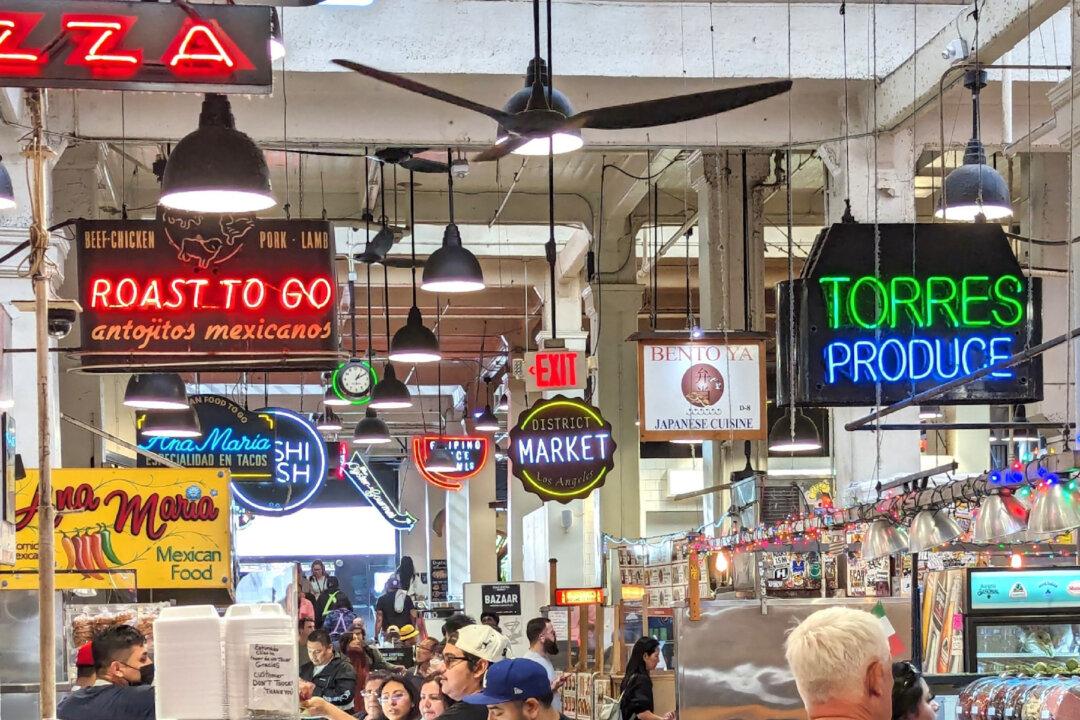When I arrived in Cancun, Mexico’s subtropical paradise on the Yucatan Peninsula, I thought my hotel looked familiar. Sure enough, near the glistening pool overlooking the Caribbean Sea was the very spot where I bought a cloisonne bracelet back in the 1990s while on a business trip with my husband. A lasting memory was the spell of Cancun’s turquoise waters.
“Let’s go snorkeling!” I remember saying, even though I had never snorkeled before. In his motorboat, our guide took us to deeper waters, where I bobbed gleefully in the buoyant saltwater. But when the guys dove down into the coral reef and left me alone, panic got the best of me. It took time to recover from that misadventure, but my recent visit to Cancun turned into a reacquainting in more ways than one.
In the 1960s Cancun in the state of Quintana Roo was a narrow 14-mile-long deserted island of white sand dunes. It is shaped like the figure 7, the symbol of perfection and eternal life. No wonder the Mexican government’s search stopped here when they were looking for a magical place that would attract tourism.
By 1970 the building of the planned city of Cancun began, and 1974 welcomed the opening of its international airport. Cancun became the gateway to some of the most significant ruins in the Yucatan -- such as the ancient city of Chichen Itza -- and is today a major economic engine for the country.
This backstory explained the miles of high-rise resorts lining Kukulcan Boulevard, aka the Hotel Zone. On our way from the airport, my driver, Matteo, talked about the Yucatan’s ancient Maya civilization and shared that he is Maya.
“The Mayan language is like Chinese,” he said, and spoke a few words for me. Short tonal sounds were evidence of the two cultures that intersected some 5,000 years ago.
An off-season visit here was the antidote to life in the city that dispelled Cancun’s “spring break” reputation. That’s when college students descend on the Caribbean mecca, and the label seems to stick year-round.
Like deja vu, the mesmerizing Caribbean teased me as I looked out from the balcony of my seventh-floor guest room. In the distance was Isla Mujeres, or Island of Women, that was inhabited by the indigenous Maya long before the birth of Cancun.
I was staying at the point of “the 7,” a prime (and quieter) location in the northern half of the Hotel Zone. Here waves are kind, and the softest sand cuddled my toes while I dined barefoot at Nah K'aax, the hotel’s romantic Tulum-style restaurant on the beach. What was meant to be a quick dinner on my first day became a two-hour affair while I munched on Asian-fusion tapas, chatted with the friendly staff, and listened to relaxing tunes played by a DJ stationed on the sand between my table and the darkness of the sea.
This was the Cancun I was looking for.
The hotel I remembered from the ‘90s was even more beautiful. An airy lobby with a skylight four stories above, sparkling marble, draping vines, palm trees, a sunken “patio” and scattered cafe tables felt like the outdoors.
It took no time to embrace the liberating all-inclusive rhythm of this enormous 602-room property. Guests here never reach for their wallets to pay for activities, entertainment, drinks and meals at its eight-plus restaurants that range from casual to fine dining because these costs are included in their room rates.
Taking it to the next level, I found added respite in the Infinite Club where I checked in on the 11th floor. Dramatic views of the Caribbean and the massive Nichupte Lagoon are the backdrops for a scrumptious continental breakfast in the mornings and delicious bites in the afternoons as well as cocktails, coffee and tea. Special perks include (among others) soothing hydrotherapy at its internationally acclaimed Gem Spa. For parents with young guests, the ginormous Kidz Club made me wish that I had a little one again.
An extraordinary dining experience was The Table. In a private room with a wraparound video screen surrounding a long table, fellow guests and I stepped into a high-tech cultural odyssey. Over a curated multicourse dinner, Mexico’s timeline came to life through video mapping, storytelling, performers and live indigenous music. Watching a prehistoric reptile saunter across my dinner plate was magical. Alberto Gurrola, managing director of Grand Fiesta Americana Coral Beach Cancun, shared that The Table is among the first dining events of this kind in the world.

“Our hope is that each guest leaves the experience with a deeper understanding of Mexico’s celebrated history,” he said.
For a dose of authentic Mexico, a ferry ride to Isla Mujeres (the hotel has its own dock, and ferry tickets are complimentary for Infinite Club members) treated me to the colors and laid-back mood of local island life. Here water sports, shops and cafes are aplenty and golf carts are the mode of transport for visitors. “Isla” is as popular as Cancun, minus the miles of high-rise resorts.

Back at the hotel I swam laps in the inviting blue-tiled pool. This was also my moment to face the blunder of my aforementioned misadventure. Meandering through lush gardens, I trekked to the red chaise lounges -- the private beach for Infinite Club members. After an attendant spread a fresh towel on my chair and set down a bucket of juices, I stretched out, analyzing the body of water in front of me.
Before long I walked deep into the waters, letting the warmth of the sea embrace me -- and treaded happy as can be.





